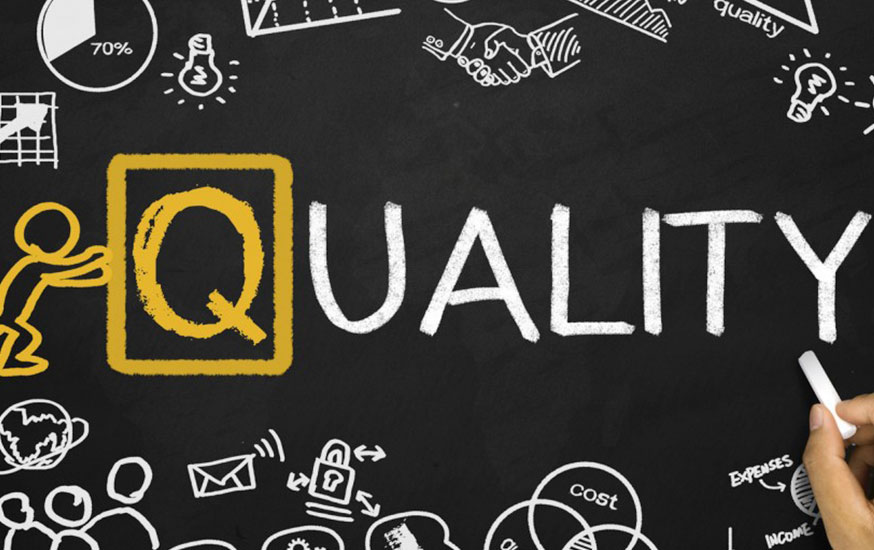If our supply chain was weak prior to the pandemic, this global event accelerated its failure. These signals of weakness were laid bare during the pandemic and identified in publications such as the 2019 report “Drug Shortages: Root Causes and potential Solutions” (here). Prior to the Covid PHE, focus on shortages was placed much more narrowly on quality Key Performance Indicators, mostly measured locally, and are largely lagging (rather than leading) indicators. The case for change of this perspective is sharply outlined in the FDA publications “Quality Management Maturity: Essential for Stable U.S. Supply Chains of Quality Pharmaceuticals” (here). This document makes the case for modernization of pharmaceutical quality in the 21st century via a Quality Management Maturity program (QMM). The industry has been given permission; it needs to seize this opportunity.
Pharmaceutical companies rightly value their name and reputation as a very valuable asset. In fact, Merriam Webster defines “good will” as “the favor or advantage that a business has acquired especially through its brands and its good reputation”, a concept understood by first year MBA students, but what about seasoned QA professionals? “Historical tension between business objectives vs quality objectives is starting to give way to a melding of the two.”. It seems as the regulatory “permission” has been openly discussed in the OPQ White Paper as it concludes with the quote:
“The long-term effects of an FDA QMM program could be far-reaching: transparency in the market could provide top-rated manufacturers in the U.S., both large and small, with a competitive advantage, potentially enabling them to grow market share and increase their workforce”.
But the question of “how” still lingered. The University of St Gallen (here) has addressed this and continues to pursue research into what the industry “felt”. Their model of Product Quality System (PQS) “Excellence” needs BOTH effectiveness and efficiency. Their research supports the industry’s intuition. It raises the visibility of the sometimes-forgotten operational excellence programs of years past. A new vigor should be embraced integrating Quality Risk Management “critical thinking”, Operational Excellence and the vision of the FDA for modernization of pharmaceutical quality in the 21st century.
Two key items that can be overlooked in the St Gallen model is the emphasis on “stability”. This concept applies holistically to include equipment, processes, and suppliers. In today’s complex global supply chains, much more focus is needed in the macro end-to-end supply chain as discussed in a previous blog (here). Risks and signals need to be identified as well as the often-forgotten service providers in a GMP environment. QMM is still in its formative years, but it is the incentivization needed to modernize the industry.
If you have any questions about QMM or would like an evaluation of the status of your firm’s Quality Maturity, please reach out to us at LCS@LachmanConsultants.com to schedule a consultation.



